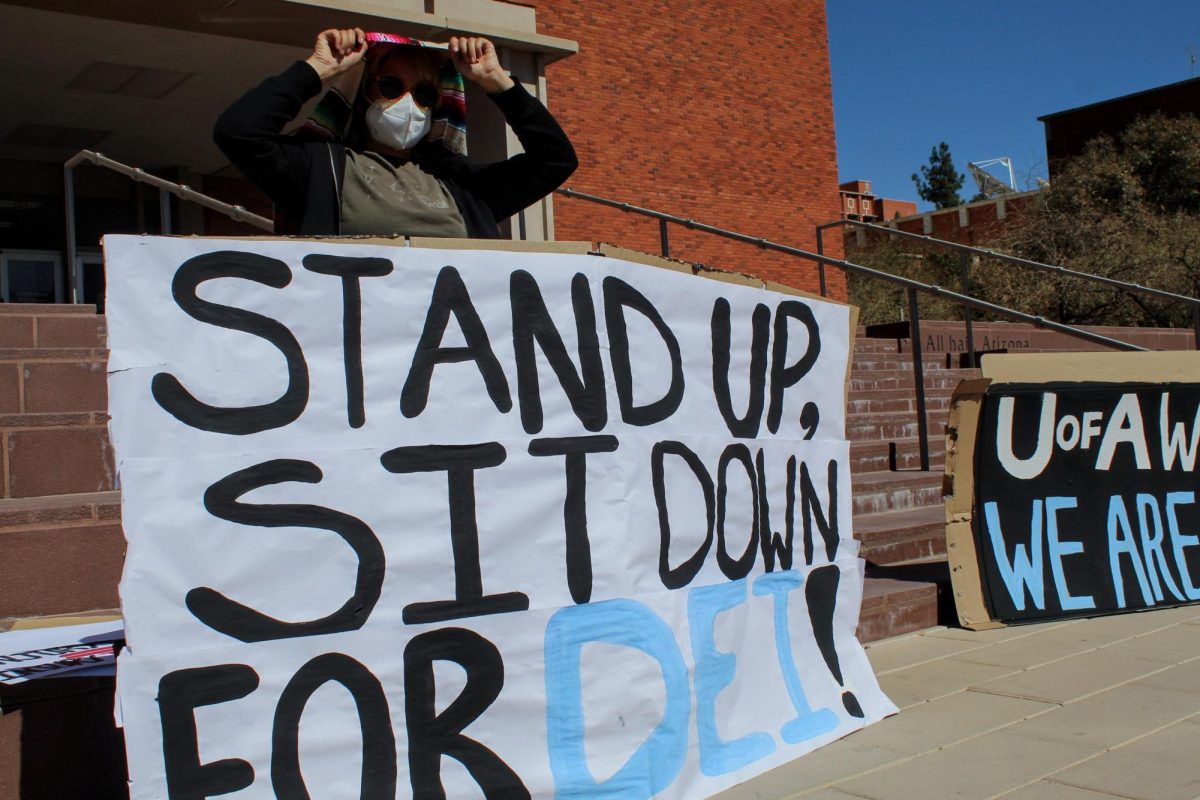Electronic medical records, the Environmental Protection Agency and Twitter; what do they all have in common?
A group of UA researchers who combined medical records with air quality reports and asthma-related tweets to predict how many asthma induced emergency room visits may occur in a typical day.
Sudha Ram, a UA professor of management information systems and computer science, with a team of researchers studied the Dallas-Fort Worth area from October 2013 to December 2013.
Ram is also the director of the INSITE: Center for Business Intelligence and Analytics in the Eller College of Management at UA that make predictive models using with data from web-based search engines, cellphone apps and social media. By using 19 keywords related to asthma, such as “inhaler” and “asthma attack,” researchers connected the tweets to the EPA’s air quality data that was then cross-referenced with statistics from the Children’s Medical Center of Dallas.
The team’s model is able to make predictions with up to 75 percent accuracy.
This is not the first time big data analysis has been used to predict health care issues. An example is the Google Flu Trends Web service, which tracks flu related Google searches, similar to Ram’s model.
In the United Kingdom, big data analysis is improving pharmaceutical research by increasing the efficacy of drugs. In the U.S., big data analysis accurately predicted what patients are most likely to be readmitted into the hospital within 30 days. In Mississippi, it helped accurately predict costs to treat and manage children with asthma throughout the whole state.
Ram’s research teams’ findings will be published in the upcoming special issue of IEEE Journal of Biomedical and Health Informatics. According to researchers, this is the first model that targets chronic illness such as asthma by combining data from social media and search engines.
The goal is to not to just treat illness and disease at hospitals but to use this data to anticipate it. As a result, hospitals’ emergency rooms can better equip, staff and prepare for these situations.
_______________
Follow David McGlothlin on Twitter.









